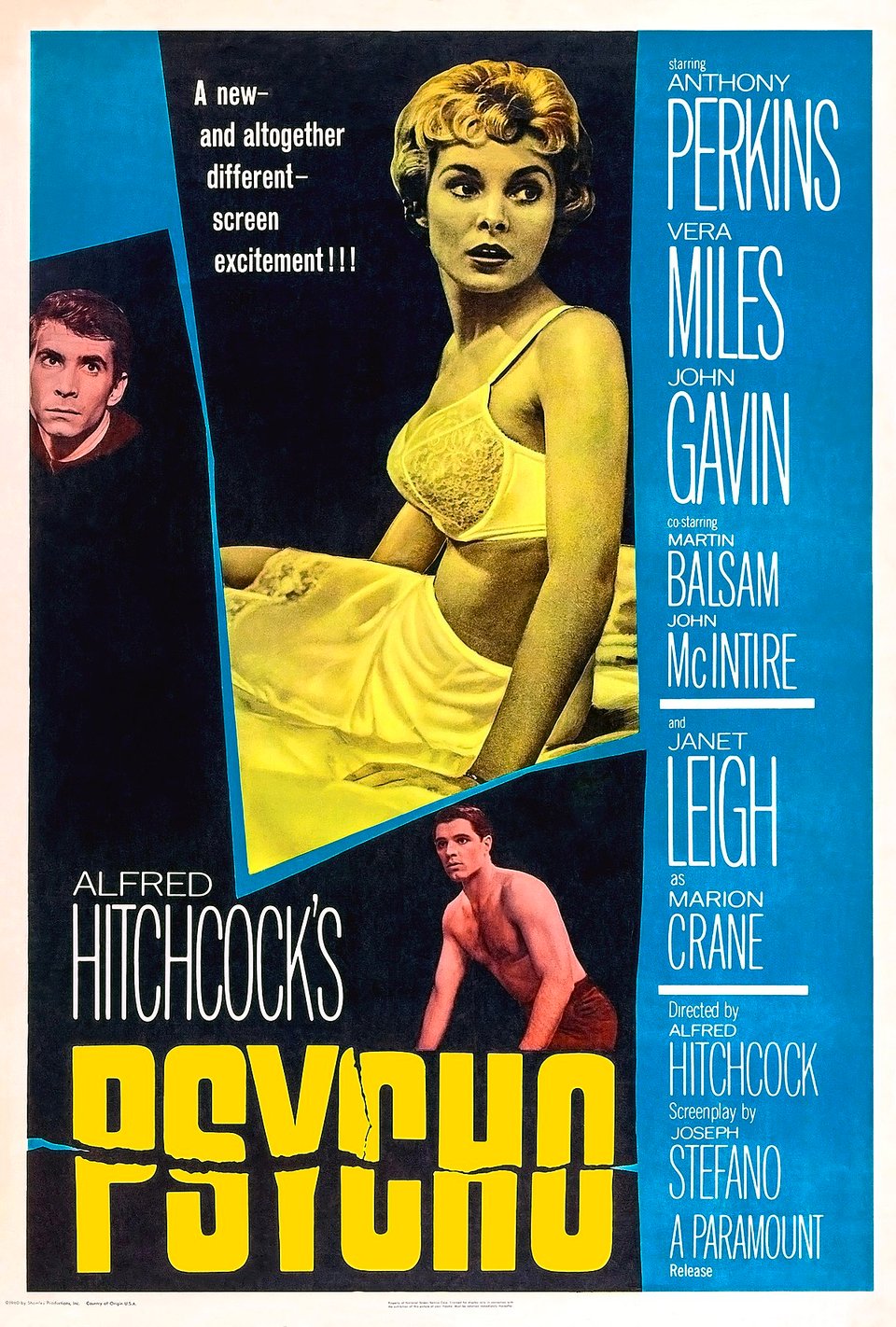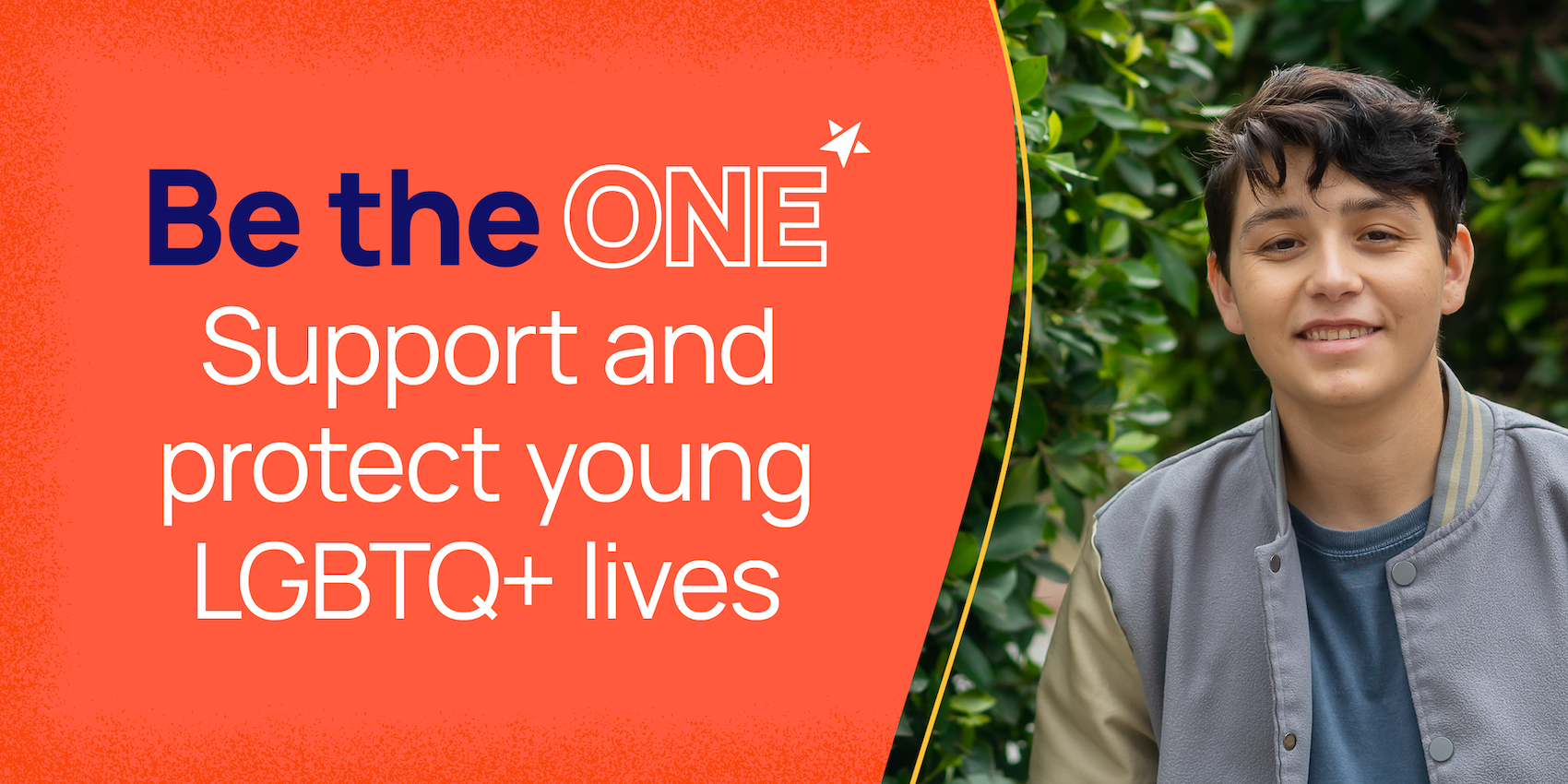Fearmongering: Part Two (1945-1960)
Hi everyone! Welcome to my first post on Buttondown! This is where I'll be posting from now on, since Substack wasn't really working for me. So Desensitized looks a lot different (I'm going to try and work on some formatting stuff, but I don't think I can do much), but I promise it's still the same analytical ramblings about horror that you all know and (I hope) love. My next post will be on February 14th, and will be a short break from Fearmongering to talk about My Bloody Valentine, after which Fearmongering will resume. Hope you all enjoy! Happy reading and stay spooky!
🩸🩸🩸🩸🩸
For the first couple of years after World War Two, horror got very pulpy. Movies like The Ghost of Frankenstein and House of Dracula were released in studios' attempts to drag out the monster craze brought about by Universal, generally to limited success. The original Universal Monsters were, for the most part, a well that had dried up. The problem was, though, that the wars had depleted an awful lot of resources. There just weren't the materials to make that many movies, let alone good ones. Studios were also worried that the kinds of movies that were popular after the first World War wouldn't be popular after the second one. Tastes had most likely changed, and execs didn't think that the people wanted serious horror movies, having seen plenty of real horrors during the wars. As a result, horror floundered for a handful of years.
Then, in 1947, the Cold War began. With the Cold War came new widespread fears and paranoias among the public. Suddenly, foreigners were to be feared more than ever, with the constant threat of a nuclear attack from Russia hanging over everyone's heads. Horror didn't get much better as a result of this, but it did slowly begin to revive. Classics like The Picture Of Dorian Gray and The Fall Of The House Of Usher were adapted, suggesting a desire to return to the classics, which may have originated in nostalgia for a time before the wars, before the bomb. There were also a good amount of monster movies, though not particularly good ones (The Beast With Five Fingers, a movie about a hand that crawls around and kills people, was released during this time). These movies showed not just fear of foreign countries, as most of the monsters were from other countries, with different accents, but also a fear of radiation, as a lot of these monsters had strange features to them that fed into fears of genetic mutations as a result of radiation.
Radiation horror didn't really pick up, however, until the early 1950s. By the 50s, the world had been living in fear of the atom bomb for about half a decade, and horror movies were, as they always do, beginning to show that fear in earnest. Creatures features were gaining popularity again, but this time, they were movies like Tarantula!, and The Beast With 1000 Eyes, which showed regular creatures, like spiders, except something had made them huge, or otherwise deformed in some way, just like the genetic mutations the general public was scared would come from radiation and the bomb.
Then, in 1954, Godzilla came roaring out of the gate and changed everything. Japan, the country most devastated by the advent of the atomic bomb, had released a movie about the devastation it caused, a beautiful and haunting metaphor for the destructive and monstrous effects of nuclear weaponry. It reached American theaters in 1956, and, suddenly, every American who could go to the movies could know exactly what the bomb had done. The public opinion of the bomb, as well as the end of World War Two, was permanently altered. Godzilla didn't just reflect fear - it showed the actual devastation wreaked by the bomb, and the way World War Two ended. It brought into question all of the patriotism that was promoted widely during and after both world wars. Its success, and resulting longevity as a franchise, were largely due to the way it portrayed the effects of the atom bomb. Godzilla proved, once and for all, that horror is not only an art form, but one that mirrors and criticizes society, with its fears and provocations, reflects on historical events and their impacts on various people, and makes audiences sit up and pay attention.
The Cold War also reached its peak during this time, as did the second Red Scare, and its sister fear-fueled event, the Lavender Scare. During this time, movies like War Of The Worlds, Invaders From Mars, and Invasion Of The Body Snatchers were released, alien invasion movies that just about perfectly showed the growing sense that anyone could be a Communist, or a homosexual, that they could come from anywhere, they could even be right under your nose and you wouldn't notice until it was too late. It already was, in fact, because they were there at all. The most glaring example of this kind of Red Scare paranoia is 1958's The Blob, which is about a huge, red, gelatinous mass going around and absorbing everything it comes across, in a bit of heavy-handed symbolism reminiscent of F. Scott Fitzgerald (It's communism, see? See how it's everywhere, consuming everything and everyone you care about? Like how the green light was money and greed?). As far as the government of the time was concerned, anyone could be a Communist, and, in fact, probably was. Communism was everywhere, as was homosexuality, and the people who possessed those traits were just in the shadows, waiting to destroy your perfect American nuclear family.
The later 50s also saw a good amount of monster movies, since the Cold War hadn't ended, and so radiation and Communism were still widespread worries, as evidenced by 1956's Invasion Of The Body Snatchers. But interspersed with schlocky creature features like The Wasp Woman, Attack Of The Giant Leeches, and The Monster That Challenged The World, were a decent amount of vampire movies. The U.S. entered the Vietnam War in Novemeber of 1955. Now, by this point, a good number of Americans were pretty anti-war, having recognized it for what is is - a soulless, life-ending, bloodsucking machine. And so, a couple years after the U.S. entered yet another war, sending yet another generation of young men off to die in it, studios began making movies about fictional bloodsuckers that, purposefully or not, were essentially metaphors for war. Vampires have been metaphors for a lot of things (homosexuality, abuse, isolation, dangerous foreigners, etc.) over the years, and this time, they were war. Vampire movies of the time either portrayed vampires as creatures that had been subdued for a while, but were now coming back again - like war - or as creatures that lay in wait in the shadows, only coming out to slowly suck the blood and life from the unsuspecting populations of nearby towns - like war. These movies show increasingly anti-war sentiments, with still a little bit of Red and Lavender paranoia thrown into the mix.
Also post World War Two, psychotherapy began experiencing an increase in popularity. The idea that talking about their experiences might help returning soldiers began to take off. Soldiers dealing with PTSD and other war-related maladies were slowly gaining access to support. But, with increased awareness of mental illness came increased fear of it. This fear can be seen in movies throughout the 50s, with movies like The Bad Seed, which is about a seemingly sweet little girl with psychopathic tendencies, and Eyes Without A Face, which is about a mad doctor's desperation to bring his daughter back to something of what she was before a devastating car accident (also indicative of a desire to return to how life was before the wars). Then, on June 16, 1960, Alfred Hitchcock released a movie that was the culmination of all of these fears, and changed the way the horror genre - and movies as a whole - would work forever.

Thanks for reading, all! Hope you didn't mind the format change too much, I'll be poking around at it to see what I can do in the next little while (which might mean it gets kinda weird for a bit, but that'll get resolved when it happens). Since this post was in part about the Lavender Scare, and we are currently going through a bit of a second one right now, this post's charity is The Trevor Project, which provides suicide prevention resources and hotlines for LGBTQ+ youth.

Donate to The Trevor Project
The Trevor Project https://give.thetrevorproject.org/campaign/652264/donate
Just copy/paste that link into your browser, and you'll be taken to their donate page. There are also volunteering, fundraising, partnering, and and other donor opportunities available. Other LGBTQ+ charities to support during these times include The Sylvia Rivera Law Project, which seeks to support individuals that are struggling with gender-related legal problems, as well as others that may be related, like immigration ( https://srlp.org/ ), and The Marsha P. Johnson Institute, which provides vital resources to Black trans people, and defends their human rights ( https://marshap.org/ ). Please consider donating to, or otherwise supporting, any of these three important causes, if you can.
Thank you for reading, and stay spooky!